- Home
- Philip Pullman
Daemon Voices Page 23
Daemon Voices Read online
Page 23
And from this chasm, with ceaseless turmoil seething,
As if this earth in fast thick pants were breathing,
A mighty fountain momently was forced…
The river makes its way from the fountain where it emerges, “Five miles meandering with a mazy motion,” to the cave where it sinks again. Halfway between them Kubla built his pleasure-dome, “Where was heard the mingled measure / From the fountain and the caves.” The river itself is bountiful, life-bringing: along its course
…there were gardens bright with sinuous rills
Where blossomed many an incense-bearing tree.
When the river has run its five-mile course, and reaches the caverns measureless to man, it “sinks in tumult to a lifeless ocean,” but as it pours down it evokes yet more stories, this time stories of the future: “And ’mid this tumult Kubla heard from far / Ancestral voices prophesying war!”
The poet’s own description of inspiration in the final section of the poem owes nothing to springs or fountains. He describes how he once had a vision of an Abyssinian damsel singing and playing a dulcimer, and says
Could I revive within me
Her symphony and song,
To such a deep delight ’twould win me
That with music loud and long,
I would build that dome in air…
In other words, I would speak about it in such a way that my words alone would bring it into being:
That sunny dome! Those caves of ice!
And all who heard should see them there,
And all should cry, Beware! Beware!
His flashing eyes, his floating hair!
Weave a circle round him thrice,
And close your eyes with holy dread,
For he on honey-dew hath fed,
And drunk the milk of Paradise.
So there are two different images for inspiration here: one consists of hearing music from a vision, and the other of consuming something magical or sacred. (I wonder about that milk of Paradise, though: where does milk emerge from? Whose breasts are there in Paradise to give this milk? Whose udders? Is there a sacred cow of Paradise?)
But the image he most wants to evoke, the one he says he would evoke if he were inspired, is that of the sunny dome and the caves of ice, from which, it was possible to hear both the fountain and the caves: the river emerging and disappearing again; the woman wailing for her demon lover and the ancestral voices, the stories from both directions.
In “The Rime of the Ancient Mariner,” where of course we are at sea for most of the poem—“Water, water everywhere, / Nor any drop to drink”—the spring appears at the very moment of the mariner’s greatest torment, and it brings a blessing, literally. The mariner is alone on the still ship, alone with the albatross around his neck, tormented by his guilt and his anguish among the bodies of the dead sailors, and unable to pray for forgiveness. The moon shines on the still sea, and
Where the ship’s huge shadow lay
The charmèd water burnt alway
A still and awful red.
And in the shadow he watches the water-snakes:
Within the shadow of the ship
I watched their rich attire:
Blue, glossy green, and velvet black,
They coiled and swam; and every track
Was a flash of golden fire.
Oh happy living things! no tongue
Their beauty might declare:
A spring of love gushed from my heart,
And I blessed them unaware:
Sure my kind saint took pity on me,
And I blessed them unaware.
The self-same moment I could pray;
And from my neck so free
The Albatross fell off, and sank
Like lead into the sea.
Love comes as a spring, and makes his redemption possible. He finds his way home and visits the hermit good who lives in the wood, who hears his story and gives him absolution; but ever afterwards he has to tell the story again.
I pass, like night, from land to land;
I have strange power of speech;
The moment that his face I see,
I know the man that must hear me:
To him my tale I teach.
As if his story, as if all stories, were something contained, something carried carefully from here to there, like a vessel full of precious liquid; you don’t want to spill any of it, you don’t want to let it leak away or evaporate fruitlessly, and then when you’ve found the right place you release it in a controlled flow: he poured out his story. I found myself using this image once quite instinctively to someone who wanted me to interrupt my work and go to America to speak at a conference or something: here I am, I said, with this story, this bowl brim-full that I have to carry precariously through a field strewn with obstacles, and you throw more rocks in my path…
* * *
—
WELL, WE’VE COME A LONG WAY, BUT I SAID WE’D END WITH A CUP of tea, and we’re nearly at the end, which is back where we started. I read a few paragraphs from two stories, and what I’m going to look at finally is the way in which this little action, our fundamental particle, the pouring-something-out story, can take on different meanings in a written tale depending on the context, and furthermore can set up patterns—actions and repetitions of actions—that themselves reinforce the meaning and the emotional colouring of the story they occur in.
And also, of course, it makes a great difference what it is that’s being poured out.
In the first story, Clockwork, the mysterious clockmaker Dr. Kalmenius is in the bar of the inn with the troubled young apprentice Karl, and he pours him a glass of brandy. The pouring of brandy might have a number of different connotations, hospitality for one; but in this case it serves to reinforce the sinister power of the older man. Power belongs to those who bestow, not to those who receive. And as for what he’s offering, what he’s pouring out, you give strong drink to a much younger person if you want to befuddle or trick or dominate them. The pouring of the drink here is emblematic of danger, intoxication, confusion, perhaps even oblivion.
And the action of pouring brandy turns up once more near the end of Clockwork, and the pattern reinforces the meaning that was established the first time. The little girl Gretl has found her way through the night to the room where the hapless young storyteller is packing a bag in desperation. It was the story he began to tell in the inn, earlier that night, that set all the strange events in motion. Gretl has gone to beg him to finish the story properly.
“You’ve got to listen to me!” she said. “Something dreadful’s going to happen, and I don’t know what it is because you didn’t finish the story properly. What happens next?”
“I don’t know!” he groaned. “I dreamed the first part of it, and it was so strange and horrible that I couldn’t resist writing it down and pretending it was mine…But when the door opened and the old man came in, I must have panicked…Oh, I wish I’d never begun! I’ll never tell a story again!”
“You must tell the end of this one, though,” said Gretl, “or something bad will happen. You’ve got to!”
“Impossible,” he said. “I can’t control it any more. I wash my hands of it. I’m off—as far away as I can get!”
And he poured himself another glass of plum brandy and swallowed it all in one go.
So these little actions, the pouring of a glass of brandy once near the beginning and once near the end of the story, set up and reinforce a pattern of feelings to do with desperation and loss of control.
If you remember, the other story concerned the way in which Roger the ex-rat, who doesn’t know how to eat with a spoon, makes a mess of his bread and milk; and how Joan takes him to the kitchen
sink, where she tips in some water from the kettle.
The kettle, because we’re in a world where modern things like hot-water taps would be out of place. In the fairy-tale world, we know what kettles do: they sit on kitchen ranges quietly steaming away, or at the edge of a fire in the hearth. They suggest warmth, cosiness, domesticity, nourishment: “Polly put the kettle on.” So at the beginning of that story Joan pours the hot water into the sink in order to wash the little boy, not only the milky face he’s acquired in the kitchen but the grubby hands he came in with as well. The kettle is a vessel of cleanliness and order, of domestic harmony, in contrast to the wild outside, where rats live among the dirt.
And at the very end of the story, after all Roger’s adventures, after we’ve seen him brought almost to the point of death by the greed and fear and ignorance of those outside, only to be rescued by a princess and restored to his new-found family, the three of them are in the kitchen once more. Roger is telling Bob and Joan what he’s learned about the difference between rats and people.
“You have less trouble being a rat,” he says, “except for being sterminated. I wouldn’t want that. It’s hard being a person, but it’s not so hard if they think you are a person. If they think you ain’t a person, then it’s too hard for me. I think I’ll stick to cobbling.”
“That’s a wise decision,” said Bob. “There’s always a demand for good craftsmanship. If I hadn’t made them slippers, well, I don’t like to think what would have happened.”
The kettle came to the boil, so Joan made them all a cup of tea, and Bob toasted some cheese, and they all sat down comfortably around the hearth. The world outside was a difficult place, but toasted cheese and love and craftsmanship would do to keep them safe.
And once again the image recurring makes a pattern that reinforces the feeling. The kettle, and what you do with it, what you pour out of it, is a signifier of all that safety and warmth and nurturing domestic happiness.
To sum up, then, we’ve followed this little narrative pattern, this fundamental particle, through various appearances and transformations and contexts, and seen some of the ways in which it works. There are many other such fundamental particles, such as the journey—the idea of a task as a journey along a path from here to there; or the one about balance, with equilibrium being disturbed or restored; or the one about repetition and echoing; or the one in the form of a cycle, moving around and coming back to where you started. I sort of did that with this talk this evening. For those who know His Dark Materials, you can find yet another fundamental particle underlying that long story, and that’s the one in which two things that are closely bound together split apart and go their separate ways. That little pattern turns up over and over again in the story—quite without my intending it to; I only saw it there when the story was finished.
And finally I should explain why I’ve found these little fundamental particles of narrative so rich and rewarding to think about. It’s because of their groundedness in physical experience, in the actions and sensations of our bodies as we interact with the world—as we pour water out of a jug, or as we walk along a path, or as we open a door and go into a room: simple basic physical experiences that underlie so many metaphors and so much understanding. If I could name one idea I’d like readers of His Dark Materials to retain when they finish the book, it would be the emphasis the story puts on the value and centrality of bodily experience. The angels envy the vivid and intense sensations that we have through our nerves and senses. As Will says at the end of The Amber Spyglass: “Angels wish they had bodies. They told me that angels can’t understand why we don’t enjoy the world more. It would be sort of ecstasy for them to have our flesh and our senses.”
Detail of The Milkmaid by Johannes Vermeer
We need to remember that we are not a ghost in a machine; we don’t sit in our heads like an astronaut in a command module. We are our bodies. Body and mind are one. Or as William Blake put it, “Man has no Body distinct from his Soul; for that call’d Body is a portion of Soul discern’d by the five Senses.”
As I say, there are many fundamental particles of this kind, and it would be possible to say a great deal about each one of them; but I thought it better this evening just to focus on one. Thank you for inviting me to give this lecture, and thank you for listening.
THIS TALK WAS DELIVERED AS THE RICHARD HILLARY LECTURE AT TRINITY COLLEGE, OXFORD, FEBRUARY 2007.
Some more of these abstract fundamental particles of narrative:
Going out of somewhere / Going in to somewhere
Moving upwards / Moving downwards
Getting larger / Getting smaller
Carrying something
Striking something
Handing something to someone else
Assembling something / Taking something apart
…and so on.
The Classical Tone
NARRATIVE TACT AND OTHER CLASSICAL VIRTUES
On the narrator—a very unusual character—time and viewpoint in relation to Philippa Pearce’s Tom’s Midnight Garden
Time present and time past
Are both perhaps present in time future
And time future contained in time past.
If all time is eternally present
All time is unredeemable.
What might have been is an abstraction
Remaining a perpetual possibility
Only in a world of speculation.
What might have been and what has been
Point to one end, which is always present.
Footfalls echo in the memory
Down the passage which we did not take
Towards the door we never opened
Into the rose-garden.
—T. S. ELIOT, “FOUR QUARTETS: BURNT NORTON”
I quote those words at the beginning for the sake of their relevance to what I’m going to be talking about this evening in the context of Tom’s Midnight Garden, because if we had to say in one word what that novel was about, there’s little doubt that the answer would be “time.”
The book is a wonderfully wrought story, but it’s more than that, though a good story is quite enough for anything to be; it’s a lens through which we can see something more clearly, and the something in this case is that mysterious thing called time. The grandfather clock that strikes thirteen when it should strike midnight undoes our normal time, the time of wakefulness and the business of daily life, and allows us an hour of a different time from somewhere, or somewhen, else. It does this through the person of Tom, who experiences these different times, and through the calm, kindly voice of the narrator who tells us about him.
Original UK edition of Tom’s Midnight Garden
I read the book when I was young, and fell under its spell, as so many did, though I didn’t remember it very accurately. When I was young I thought the daily life of Tom’s own time was itself a long time ago, because of one or two little things that stuck in my mind: like the dreadfully serious way all the adults took measles, as if it were some deadly miasma before which medical science fled with its hands in the air. Tom’s age isn’t given, but to go by the date of publication, if he was a contemporary boy he must be more or less exactly my own age, living in my own time; and I’d had measles, and no fuss was made at all. But they obviously made a fuss in the old days, I thought. And there was the way people spoke. At one point Tom asks Aunt Gwen about the flowers she put in his bedroom: “Had you to buy them?” he says. Elsewhere he also says, “I wish I hadn’t to go home tomorrow.” I registered those things with interest, as ways people must have spoken long ago. I certainly never heard anyone use either of those locutions when I was growing up.
So it was already a book set in the past, before the garden comes into the story with its even-furthe
r-back layers of time. Reading it recently, I saw that I must have been wrong about that, and Philippa Pearce in the 1950s was writing a contemporary story, though there were things about it that made it feel old-fashioned, as if the author herself were a little old-fashioned, a little more attached to and aware of the past than some other writers. I also saw a little more of how she was doing what she did, and therefore I found more to admire.
A quite extraordinary number of novels published these days, for adults as well as for children, use the present tense. I recently listened to a presentation by creative writing students at a certain university, and they had all written a novel or part of one, and by far the majority had written in the present tense. (When I asked their tutor why he thought they’d done this, he had to admit he hadn’t even noticed.) Fiction editors have told me that a large number of the books they receive from literary agents are told in the present tense, a good number of those in the first person as well. It’s certainly true of the books they send me asking for a puff.
Something has happened to our understanding of fiction, or of the past, or something, to make the present tense the way in which young people, and adults as well, want to talk about something that can only be in the past, namely the events about which they’re writing. It might be the influence of TV and film drama: drama, of course, happens now rather than then, and the present is the only appropriate tense for stage directions. It might be that, but in that case the turn to the present tense would have happened a lot earlier; this has been going on since the 1990s, as far as I can see. In the 1950s, when Philippa Pearce wrote Tom’s Midnight Garden in the past tense that was conventional then, it was quite uncommon to use the present tense, though some writers had chosen to do so for perfectly good reasons. Dickens had done so, in parts of Bleak House and elsewhere. I’ve done so myself, though rarely. But now it’s all over the place.

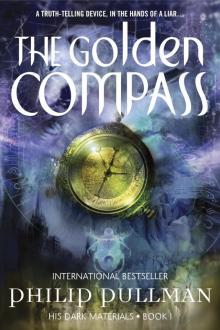 The Golden Compass
The Golden Compass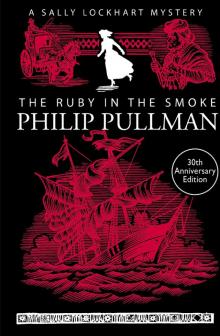 The Ruby in the Smoke
The Ruby in the Smoke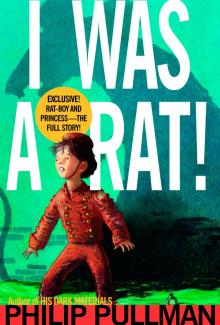 I Was a Rat!
I Was a Rat!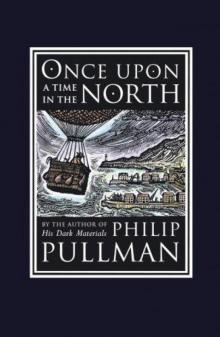 Once Upon a Time in the North
Once Upon a Time in the North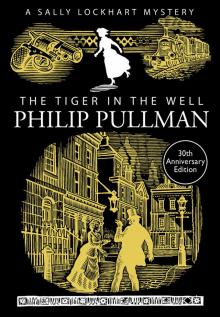 The Tiger in the Well
The Tiger in the Well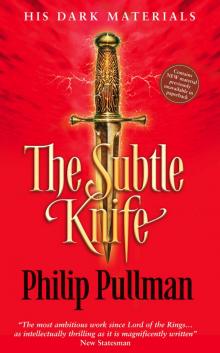 The Subtle Knife
The Subtle Knife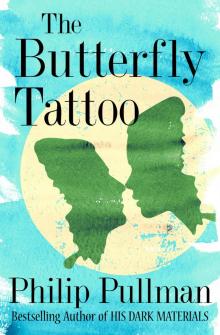 The Butterfly Tattoo
The Butterfly Tattoo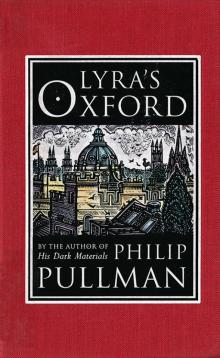 Lyra's Oxford
Lyra's Oxford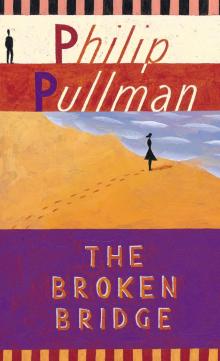 The Broken Bridge
The Broken Bridge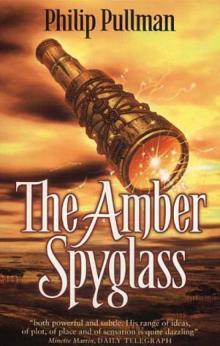 The Amber Spyglass
The Amber Spyglass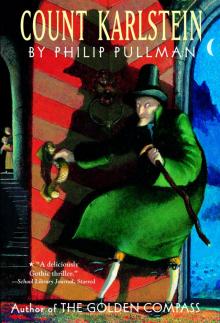 Count Karlstein
Count Karlstein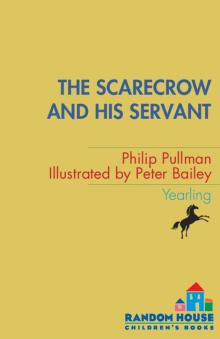 The Scarecrow and His Servant
The Scarecrow and His Servant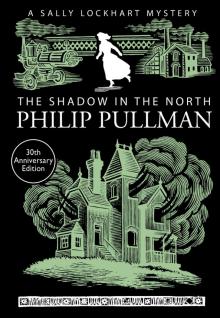 The Shadow in the North
The Shadow in the North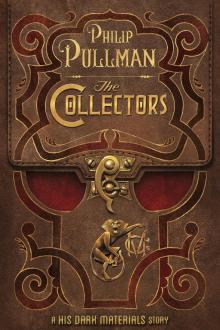 The Collectors
The Collectors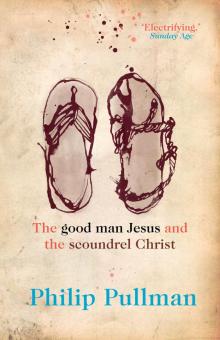 The Good Man Jesus and the Scoundrel Christ
The Good Man Jesus and the Scoundrel Christ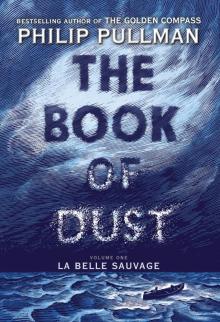 La Belle Sauvage
La Belle Sauvage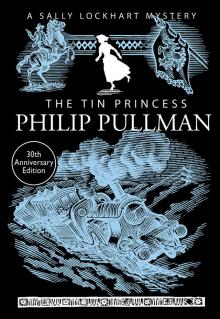 The Tin Princess
The Tin Princess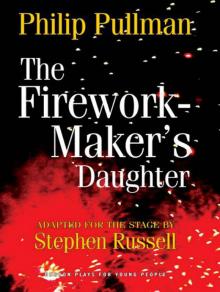 The Firework-Maker's Daughter
The Firework-Maker's Daughter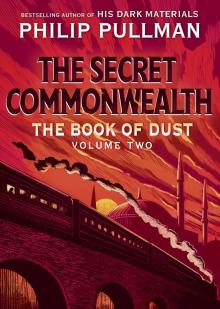 The Book of Dust: The Secret Commonwealth (Book of Dust, Volume 2)
The Book of Dust: The Secret Commonwealth (Book of Dust, Volume 2)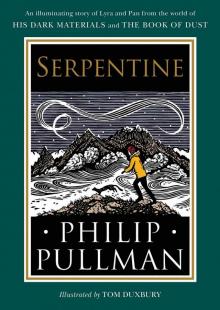 Serpentine
Serpentine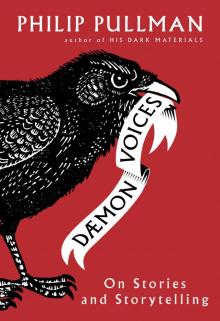 Daemon Voices
Daemon Voices The Amber Spyglass: His Dark Materials
The Amber Spyglass: His Dark Materials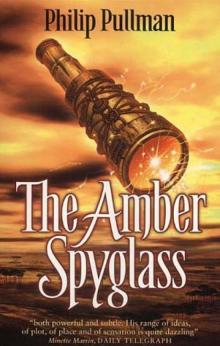 The Amber Spyglass hdm-3
The Amber Spyglass hdm-3 The Haunted Storm
The Haunted Storm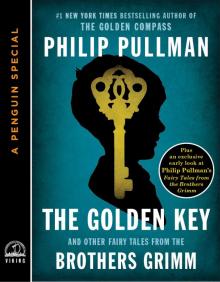 The Golden Key
The Golden Key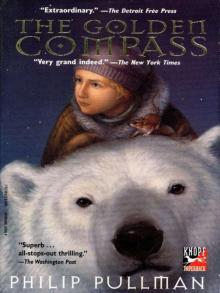 His Dark Materials 01 - The Golden Compass
His Dark Materials 01 - The Golden Compass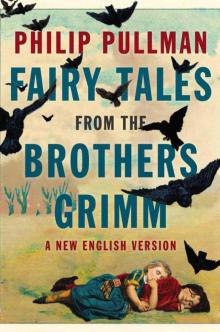 Fairy Tales from the Brothers Grimm: A New English Version
Fairy Tales from the Brothers Grimm: A New English Version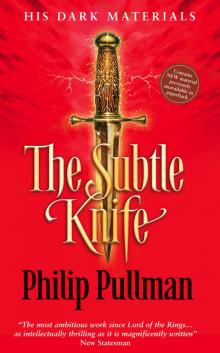 His Dark Materials 02 - The Subtle Knife
His Dark Materials 02 - The Subtle Knife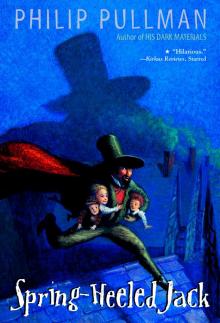 Spring-Heeled Jack
Spring-Heeled Jack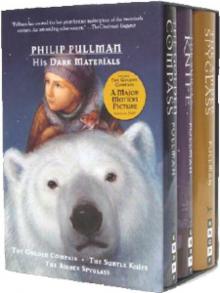 The Golden Compass hdm-1
The Golden Compass hdm-1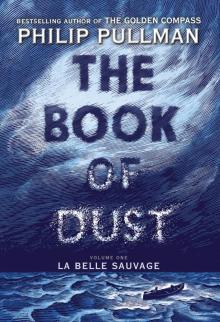 The Book of Dust, Volume 1
The Book of Dust, Volume 1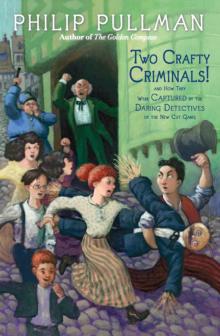 Two Crafty Criminals!
Two Crafty Criminals!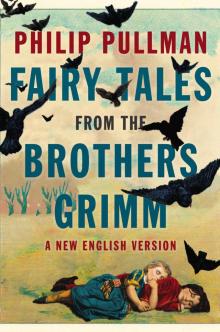 Fairy Tales from the Brothers Grimm
Fairy Tales from the Brothers Grimm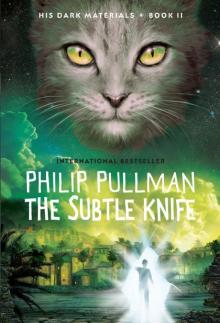 The Subtle Knife: His Dark Materials
The Subtle Knife: His Dark Materials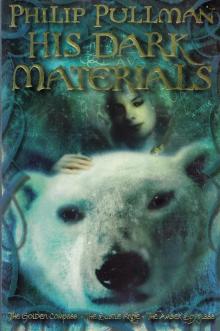 His Dark Materials Omnibus
His Dark Materials Omnibus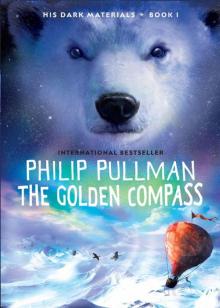 The Golden Compass: His Dark Materials
The Golden Compass: His Dark Materials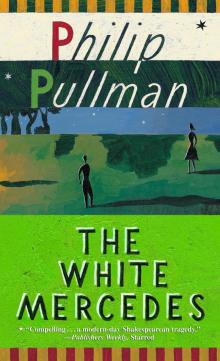 The White Mercedes
The White Mercedes